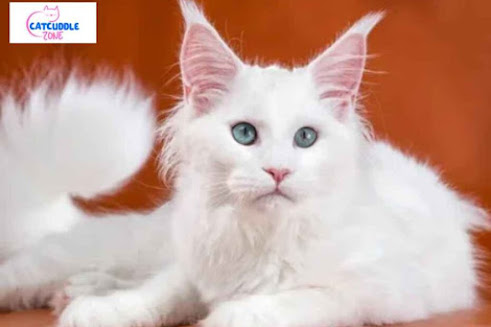Why Do Dogs Eat Cat Poop? Risks & Proven Ways to Stop
If you're a pet owner with both dogs and cats, you might have stumbled upon a particularly unpleasant habit — your dog eating cat poop. As disturbing (and gross!) as it sounds, this behavior is surprisingly common in dogs. But why do they do it, and more importantly, how can you stop it?
Let’s dive into the reasons behind this behavior, the health risks involved, and effective strategies to curb it for good.
Why Do Dogs Eat Cat Poop?
This behavior is called coprophagia, and there are several reasons dogs engage in it:
-
Instinctual Behavior
Dogs are natural scavengers. In the wild, they consume what they find, including waste. Cat feces is particularly appealing because it often contains undigested food that smells like a snack to your dog. -
Nutritional Deficiency
Sometimes dogs seek out feces because their diet lacks certain nutrients. If your dog is missing enzymes or specific vitamins, they may instinctively try to supplement their diet in unhealthy ways. -
Curiosity or Boredom
If your dog is under-stimulated or left alone too long, they may explore litter boxes out of boredom — and unfortunately, that can include taste-testing. -
Behavioral Reinforcement
If your dog has done it once and wasn’t corrected, they may continue the habit simply because they think it’s allowed — or even rewarding.
Health Risks of Dogs Eating Cat Poop
Though it’s a common issue, it’s not without consequences. Here are the main health concerns:
-
Parasites: Cat feces can contain parasites like Toxoplasma gondii, which can be passed on to your dog.
-
Bacterial Infections: Eating feces exposes dogs to harmful bacteria like Salmonella or E. coli.
-
Intestinal Blockages: Sometimes dogs also ingest cat litter, which can clump in their intestines and cause blockages.
-
Behavioral Reinforcement: It’s a habit that can become compulsive and hard to break over time.
Proven Ways to Stop the Behavior
Here are several effective strategies to help you stop your dog from snacking on cat poop:
1. Clean the Litter Box Regularly
The less time cat poop is accessible, the less chance your dog has to get to it. Scoop the litter box multiple times a day if possible.
2. Dog-Proof the Litter Area
Place the litter box in an area that’s accessible to your cat but blocked off from your dog. Baby gates or covered litter boxes can work well.
3. Use a Covered or Top-Entry Litter Box
These boxes make it harder for dogs to access the waste while still being easy for cats to use.
4. Train the “Leave It” Command
Training your dog to understand and respond to the “leave it” command can be incredibly useful — not just for this, but in many situations.
5. Address Dietary Needs
Check with your vet to ensure your dog’s diet is complete and balanced. Sometimes changing the food or adding supplements can eliminate the urge to seek alternative “snacks.”
6. Provide Enrichment and Exercise
A mentally stimulated dog is less likely to engage in problematic behaviors. Interactive toys, walks, and playtime can keep your dog too busy to go litter box diving.
7. Use Taste Deterrents
Some pet owners have found success using cat food additives like For-Bid that make feces taste unpleasant to dogs (even more than it already does!).
Final Thoughts
While your dog eating cat poop may be natural, it’s far from ideal — for their health and your sanity. With some patience, training, and proactive steps, you can break the habit and restore peace between your pets.
For a more in-depth guide with additional solutions and expert advice, visit our full blog post:
👉 Why Do Dogs Eat Cat Poop? Risks & Proven Ways to Stop




Comments
Post a Comment